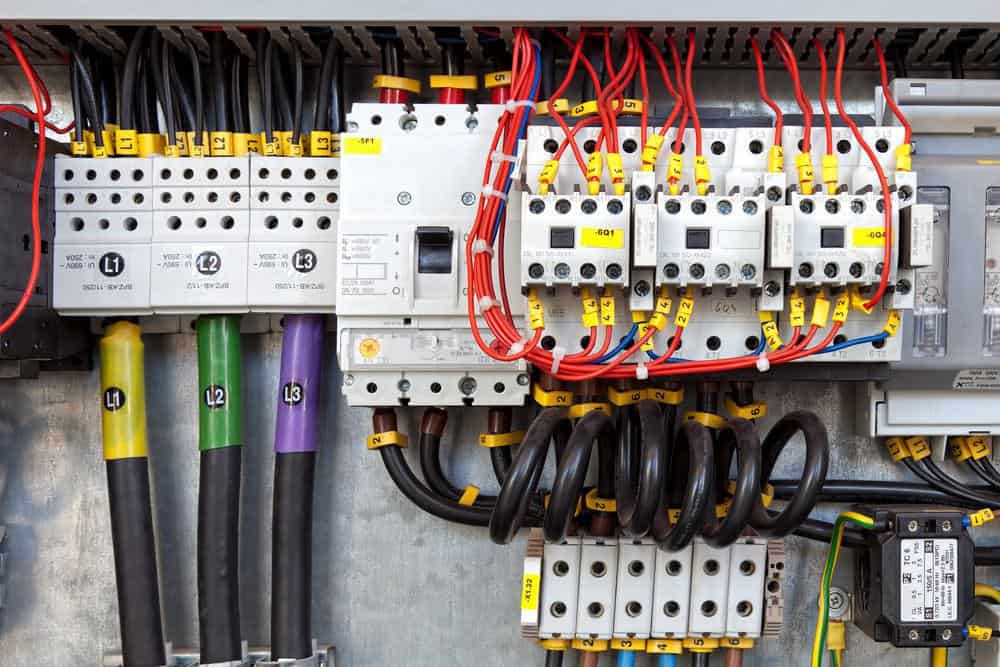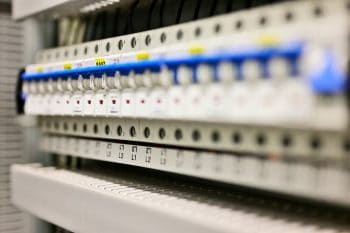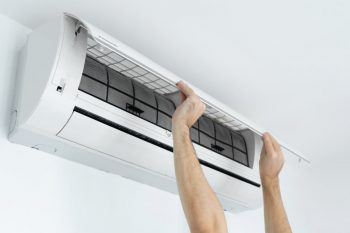
Circuit breakers are an essential component of any home electrical system. They are designed to protect our homes and appliances from electrical overloads and short circuits. But what causes a circuit breaker to trip, and how can we prevent it from happening? In this comprehensive guide, we’ll delve into the common reasons why circuit breakers trip and provide some practical tips to avoid this problem.
A circuit breaker may trip due to three primary reasons: overloads, short circuits, and ground fault surges. Overloads occur when a circuit draws more power than it can handle, usually due to too many appliances operating on the same circuit. Short circuits and ground fault surges happen when a hot wire comes into contact with a neutral wire or a ground wire, causing a large amount of current to flow and overheat the circuit. Less common causes can include faulty wiring, a damaged breaker, or power surges from storms and lightning strikes.
Understanding Circuit Breakers
Before we dive into the reasons, it’s important to understand what a circuit breaker is and how it works. A circuit breaker is an electrical safety device designed to protect an electrical circuit from damage caused by overcurrent, overload, or short circuit. Its primary function is to interrupt the current flow when it detects a fault in the electrical system, thereby protecting equipment and preventing the risk of fire.
Circuit breakers can be reset either manually or automatically to resume normal operation, unlike fuses which must be replaced after operating once. They come in various sizes, from small devices that protect low-current circuits or individual household appliances to large switchgear designed to protect high voltage circuits feeding an entire city.
Common Reasons for a Circuit Breaker to Trip
There are three primary reasons why a circuit breaker might trip:
- Overloads: This is the most common reason for a circuit breaker to trip. Overloads occur when a circuit is drawing more power than its rated capacity. This can happen when too many appliances or devices are operating on the same circuit at the same time.
- Short Circuits: A short circuit is a more serious issue. It occurs when a “hot” wire comes into contact with a neutral wire in one of your outlets. This can cause a large amount of current to flow, creating more heat than the circuit can handle, which in turn causes the circuit breaker to trip.
- Ground Fault Surges: Similar to a short circuit, a ground fault surge happens when a hot wire comes into contact with a ground wire or the metal box that houses the wiring. This causes a sudden rush of electricity that can heat up the circuit, causing the breaker to trip.
Other less common reasons for a circuit breaker to trip include faulty wiring, a damaged breaker, or power surges from storms and lightning strikes.
Preventing Circuit Breakers from Tripping
Here are some practical tips to prevent circuit breakers from tripping frequently:
- Distribute Electrical Devices: Avoid plugging too many devices into one circuit. Instead, distribute them across multiple circuits to balance the load.
- Inspect and Replace Old Wiring: Old and faulty wiring can cause short circuits or ground faults. Regular inspection and replacement of old wiring can prevent these issues.
- Use Surge Protectors: Surge protectors can protect your devices and prevent circuit breakers from tripping during power surges.
- Replace Old or Damaged Circuit Breakers: If your circuit breaker is old or damaged, it may trip more frequently. Consider replacing it with a new one.
Conclusion
In conclusion, circuit breakers play a vital role in maintaining the safety of our homes. Understanding why they trip and how to prevent it can help us maintain a safe and efficient electrical system. If your circuit breaker continues to trip frequently, it’s best to consult a professional electrician to diagnose and fix the problem. Remember, dealing with electricity can be dangerous, and it’s always better to be safe than sorry.
Frequently Asked Questions
What is the difference between a circuit breaker and a fuse?
Both circuit breakers and fuses serve the same purpose – to protect an electrical circuit from damage caused by an overcurrent, overload, or short circuit. The main difference is how they handle the fault condition. A fuse will melt when overloaded, interrupting the circuit but requiring replacement. On the other hand, a circuit breaker will simply trip (switch off) and can be reset either manually or automatically to resume normal operation.
How can I tell if my circuit breaker is faulty?
Common signs of a faulty circuit breaker include the breaker constantly tripping, the breaker not staying reset, a burning smell or visible burn marks around the breaker, or physical damage to the breaker itself. If you suspect your circuit breaker is faulty, it’s best to consult a professional electrician.
How often should circuit breakers be replaced?
There’s no hard and fast rule for when to replace a circuit breaker. They can last for many years, even decades, if they’re not exposed to excessive moisture or heat and are not constantly being tripped. However, if you’re experiencing frequent tripping or other issues, it’s a good idea to have them inspected by a professional electrician, who can recommend replacement if necessary.
Can I reset a tripped circuit breaker myself?
Yes, you can usually reset a tripped circuit breaker yourself. First, identify the tripped breaker in your electrical panel. It will typically be in the “off” position or in a middle position between “on” and “off.” Simply switch the breaker to the “off” position and then back to the “on” position. However, if the breaker continues to trip, it’s best to consult a professional electrician as it could be a sign of a more serious problem.












